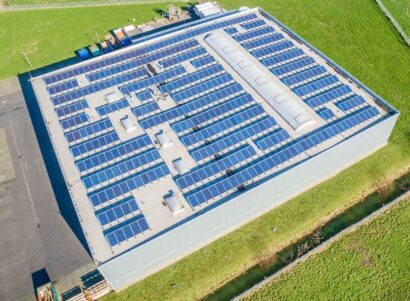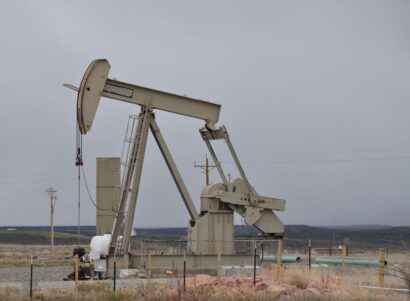Overview
Over the last half-century, California has experienced a five-fold increase in annual acreage burned by wildfires. Wildfire impacts public health through fatalities and injuries, and by impairing air quality and creating hazardous surroundings and infrastructure in impacted communities. Atmospheric aridity and fuel-drying, extended drought, and pathogen-impacted forests—all of which are driven and compounded by climate change—increase the risks posed by wildfires. Increased development at the wildland-urban interface intensifies these risks, putting more individuals in harms way.
As the risks from wildfires rise, California is re-evaluating its strategies to both prevent and suppress wildfires and to mitigate wildfire impacts. These strategies include, but are not limited to, prescribed burning, the use of chemical fire suppression, and the implementation of public safety power shutoffs (PSPS). However, various approaches to prevent and suppress wildfire and mitigate wildfire-related impacts in California also hold near- and long-term implications for public health, and may shift health burdens to different populations, geographies, and timescales. To date, the public health implications of various wildfire prevention and mitigation strategies have not been thoroughly characterized and compared.
In this report we summarize and integrate scientific information on the public health dimensions of both wildfire and approaches to wildfire prevention, mitigation and suppression into a framework. Our approach includes:
- A review of the peer-reviewed literature, government reports, grey literature and news media
- Interviews with local and state agency staff
The aim of this project is to better equip California agencies, researchers, and risk managers to manage wildfire-related risks in ways that incorporate data-driven public health information into decision-making.

 Report
Report






